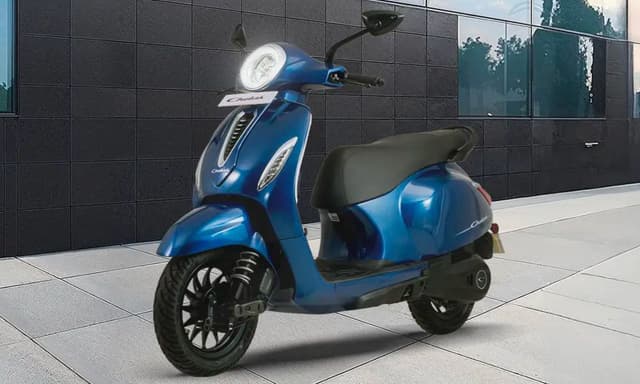How Does a Formula 1 Car Work?

Highlights
- Every part of the F1 car is designed with the utmost precision
- F1 car is a complex piece of machinery & teams spend millions to maintain
- The improvements to the car through upgrading the parts don't ever stop
An F1 car is a complex piece of machinery, and a lot of thinking, effort, and money go into making it.
Front Wing
Probably one of the essential parts in an F1 car, this is the first part that comes into contact with the incoming airflow when the cars hit the tracks. This part is essential for a car's aerodynamic performance. A well-designed front wing improves the all-around performance of the car and even helps to keep it on the ground instead of letting it fly. A poorly designed front wing will mean that the car's performance will dip, and the rest of the car won't be as efficient either.

Photo Credit: www.formula1.com
The front wing not only creates its own downforce but also works with the airflow around the front tires. The front wing reduces the wake amount left behind the front tires. Once the aforementioned part is taken care of, the car benefits tremendously, and other parts, such as the diffuser, also enjoy the benefit.

Photo Credit: www.formula1.com
Diffuser
This part generates the most downforce on the underside of the car. It is a flared opening at the back of the floor that creates a low-pressure area when airflow is accelerated under the floor. This creates a high downforce as the car is pushed downwards by the high-pressure air on top of the car.
The diffuser is specially designed to ensure that there is no separation of the airflow when it goes under the space in the car. This can significantly affect the performance of the overall floor.
Suspension
The link between the wheels and the car is called the suspension. An F1 car is allowed to have up to six structural members on the wheel. Depending on whether it is at the front or rear suspension, it comprises the pushrod, two double wishbones, a pull rod, a track rod, or a steering arm.
The teams usually use the pull-rod suspension at the rear end of the car, and in 2019, all the teams employed the pushrod at the front part of the car.

Photo Credit: www.roadandtrack.com
Sidepods
Sidepods play an essential role in packaging the car tightly and housing the manifolds and radiators compactly, minimizing the drag. The radiator inlets are set on both sides of the F1 car and should accept enough air to provide sufficient cooling for the power unit. Without proper cooling, the engine and other components are at risk of overheating and losing performance, or even failing altogether.
The inlets need to be designed with the utmost precision and should remain small in size. They should be placed so that they receive the maximum amount of fresh and clean air.














